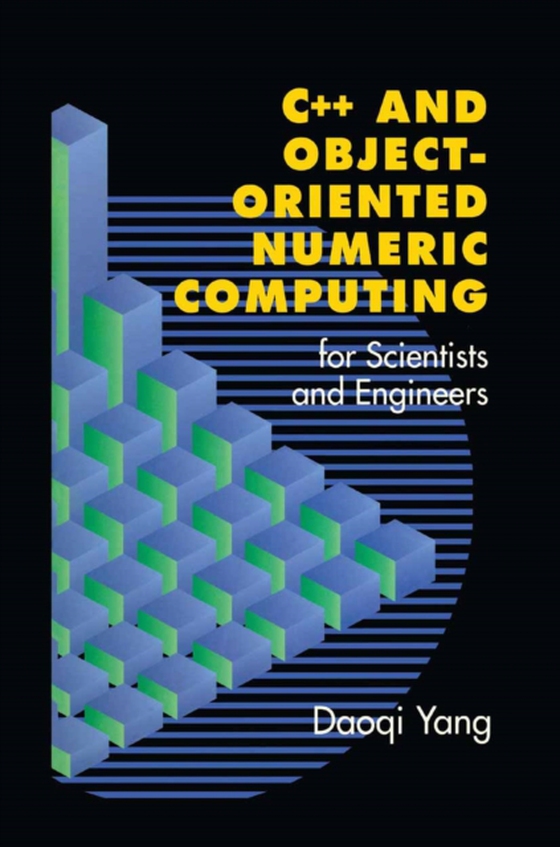
C++ and Object-Oriented Numeric Computing for Scientists and Engineers e-bog
509,93 DKK
(inkl. moms 637,41 DKK)
This book is intended to be an easy, concise, but rather complete, introduc- the ISO/ANSI C++ programming language with special empha- tion to sis on object-oriented numeric computation for students and professionals in science and engineering. The description of the language is platform- independent. Thus it applies to different operating systems such as UNIX, Linux, MacOS, Windows, and DOS, a...
E-bog
509,93 DKK
Forlag
Springer
Udgivet
28 juni 2011
Genrer
Cybernetics and systems theory
Sprog
English
Format
pdf
Beskyttelse
LCP
ISBN
9781461301899
This book is intended to be an easy, concise, but rather complete, introduc- the ISO/ANSI C++ programming language with special empha- tion to sis on object-oriented numeric computation for students and professionals in science and engineering. The description of the language is platform- independent. Thus it applies to different operating systems such as UNIX, Linux, MacOS, Windows, and DOS, as long as a standard C++ compiler is equipped. The prerequisite of this book is elementary knowledge of cal- culus and linear algebra. However, this prerequisite is hardly necessary if this book is going to be used as a textbook for teaching C++ and all the sections on numeric methods are skipped. Programming experience in an- other language such as FORTRAN, C, Ada, Pascal, Maple, or Matlab will certainly help, but is not presumed. All C++ features are introduced in an easy way through concepts such as functions, complex numbers, vectors, matrices, and integrals, which are familiar to every student and professional in science and engineering. In the final chapter, advanced features that are not found in FORTRAN, C, Ada, or Matlab, are illustrated in the context of iterative algorithms for linear systems such as the preconditioned conjugate gradient (CG) method and generalized minimum residual (GMRES) method. Knowledge of CG, GMRES, and preconditioning techniques is not presumed and they are ex- plained in detail at the algorithmic level.
 Dansk
Dansk

